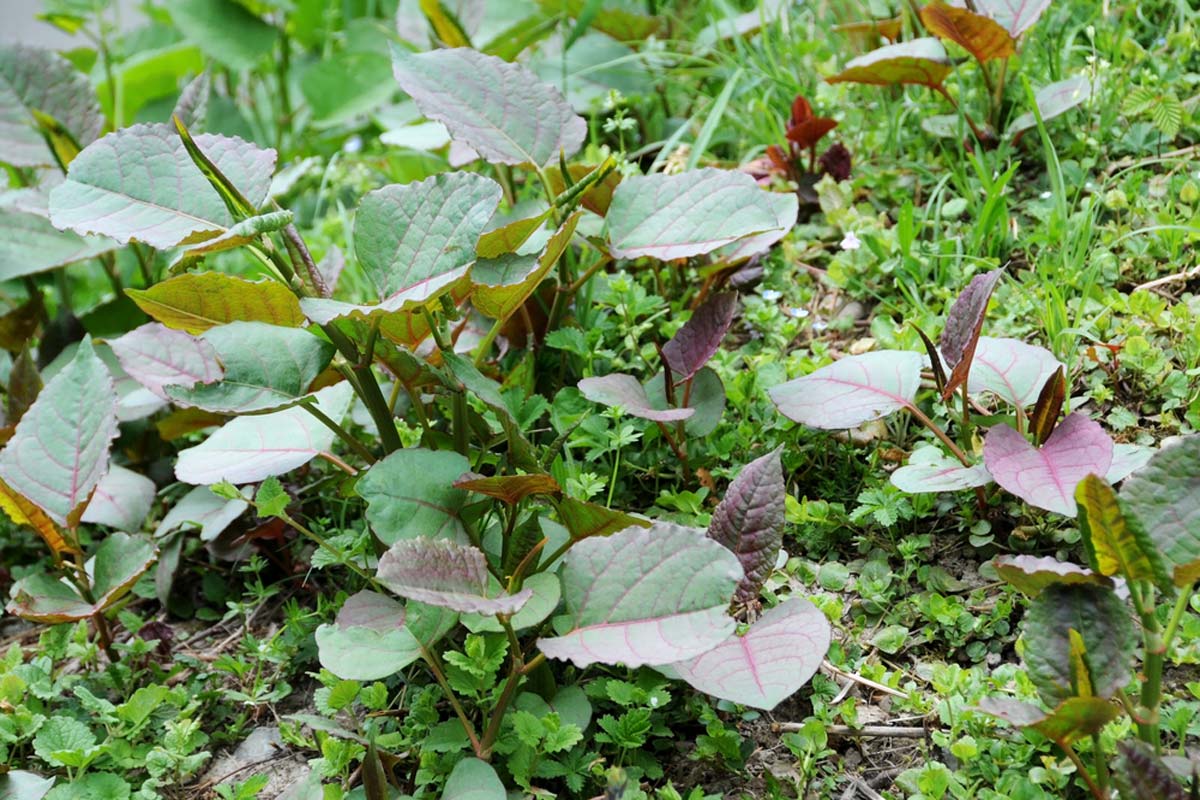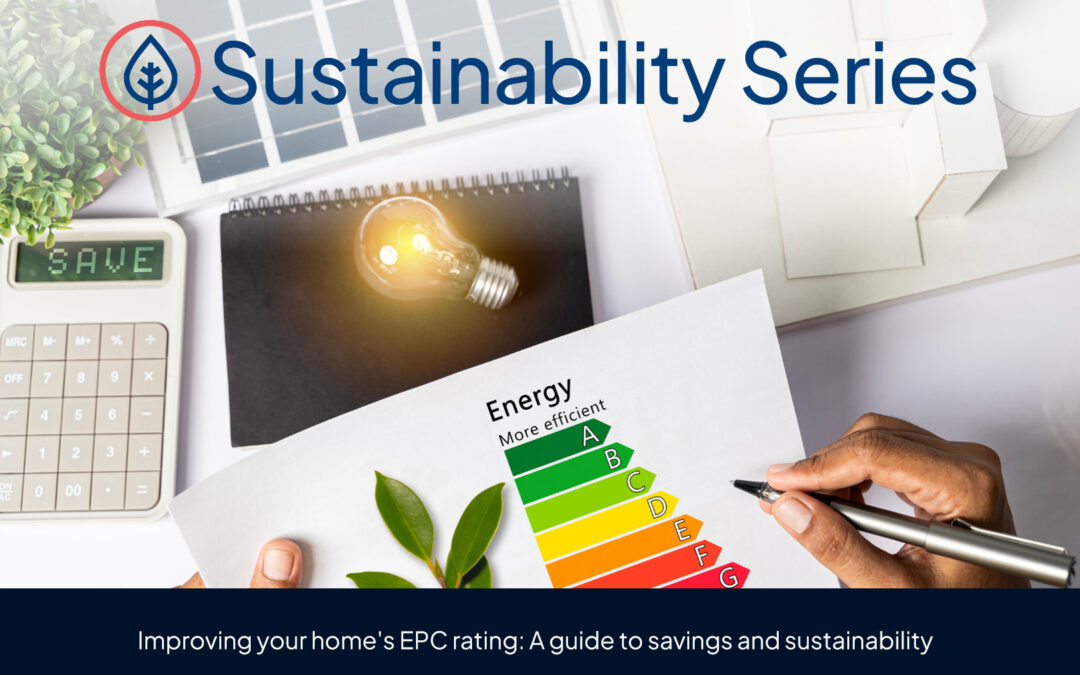We asked environmental scientist Nic Seal, founder and Managing Director of invasive plant specialist Environet, to explain what property buyers and sellers need to know about Japanese knotweed.
Described by the Environment Agency as “the UK’s most aggressive, destructive and invasive plant”, Japanese knotweed was brought to the UK in Victorian times by botanist Philipp von Siebold and has since spread across the country. It is now thought to be present in nearly every 10 sq km, affecting approximately 4 – 5% of homes directly or indirectly (i.e., neighbouring an affected home).
Awareness of knotweed among the general public is growing; Environet’s most recent annual survey with YouGov shows that 82% of people in the UK have heard of the plant. If you’re unsure whether you live in a high risk area, you can enter your postcode into the online knotweed heatmap, Exposed, to check for the number of verified infestations near your home.
The truth about damage to property
Some claims about Japanese knotweed are exaggerated. It can’t grow through concrete, for example, but it will exploit cracks in concrete or brick walls, it can grow directly through tarmac paths and driveways and into drains and guttering. Building over knotweed is a bad idea, as over time the plant will travel laterally to emerge at the side – and we’ve even seen it growing up the cavity wall of a house to pop up through a flat roof.
It’s very rare for knotweed to destroy a building, but it can be expensive to remove the plant fully and repair the damage caused.
Survival strategies
When it comes to survival, knotweed is an impressive plant. Covering it, mowing over it, burning it, or treating it with over-the-counter weedkiller are all likely to fail, although they might induce the plant into temporary dormancy. Knotweed is very difficult to kill, but there are two main methods used by experts.
Firstly, professional herbicide treatment uses restricted chemicals which are applied to the plant over two or three growing seasons – but this should be treated only as a control method, since it’s very difficult to determine whether the underground rhizome is dead.
The second option is excavation of the entire root system from the ground, often using heavy machinery. This needs to be done very carefully, as the plant can regrow from a piece of rhizome the size of a fingernail accidentally left in the ground!
Selling a property with Japanese knotweed
Property sellers have a legal obligation to declare if their property is affected by Japanese knotweed when completing the standard TA6 Property Information Form. The form’s guidance changed in 2021 and the seller must now be certain there is no knotweed present, including rhizome beneath the ground or within 3 metres of the boundary, even if there are no visible signs above ground.
As it’s so difficult to be certain without digging up the garden, sellers who are not aware of any infestation are advised to respond “Not known” to the Japanese knotweed question, leaving the buyer to undertake their own enquiries.
If knotweed is present, the property may be harder to sell, but not impossible. Follow these steps for the best chance of achieving a successful sale at the highest possible price.
Put a professional treatment plan in place before marketing the property. Don’t be tempted to try and treat the knotweed yourself first, as this is very unlikely to be successful and will make professional treatment afterwards more difficult.
Ensure you get an IBG (insurance-backed guarantee) for the work which protects the homeowner and mortgage lender even if the knotweed company goes out of business.
Declare the knotweed on the TA6 form. Every seller has a legal duty to check for knotweed on the property and answer honestly when completing the Law Society’s TA6 form. If you fail to disclose its presence and it’s later discovered, you could be sued. Even if the infestation has been treated or you believe it to be gone, you are still required to disclose it.
Tell the estate agent if the property has knotweed and make sure they inform buyers early on, providing copies of the paperwork. This will help avoid the inconvenience and cost of a sale falling through further down the line.
Buying a property with Japanese knotweed
If a seller fails to declare the presence of knotweed and it emerges post-sale, legal redress can be sought through ‘misrepresentation’ legislation.
Where knotweed is declared, it doesn’t necessarily need to be a dealbreaker. Follow these simple steps to ensure you understand what you’re taking on.
Commission a professional Japanese knotweed survey to fully understand the extent of the problem and likely remediation costs. It will also determine if the plant has caused damage to the building, which may not always be obvious, and whether the plant has spread from or to an adjoining property.
Speak to your mortgage lender to check they’re still happy to lend on the property. Mortgage retentions are relatively rare, and most lenders will offer a mortgage as long as a professional management plan is in place with an insurance-backed guarantee.
Review your offer carefully. With a professional treatment plan in place a property’s value is usually restored to close to its ‘unaffected’ value. But bear in mind that when you come to sell, you will need to state on the TA6 Property Information form that the property has been affected by knotweed. This ‘knotweed stigma’ can continue to impact a property’s value, even if the plant itself is long gone.
Don’t ignore a ‘Unknown’ response on the TA6. If is seller has stated they don’t know if a property is affected by knotweed, don’t hope for the best. The onus is now on you to carry out further enquiries, so commission a ‘JustCheck’ survey which will identify any knotweed that’s present – and cover you for any future treatment should it suddenly appear
A pragmatic approach
As the plant continues to spread across the country, now impacting almost a million households, people are becoming better informed about how to identify knotweed, treat it effectively and buy or sell an affected property. Despite the horror stories, knotweed can be tackled with professional help and by following these steps for buyers and sellers, affected properties can be bought and sold with their values often restored to close to their original level.






